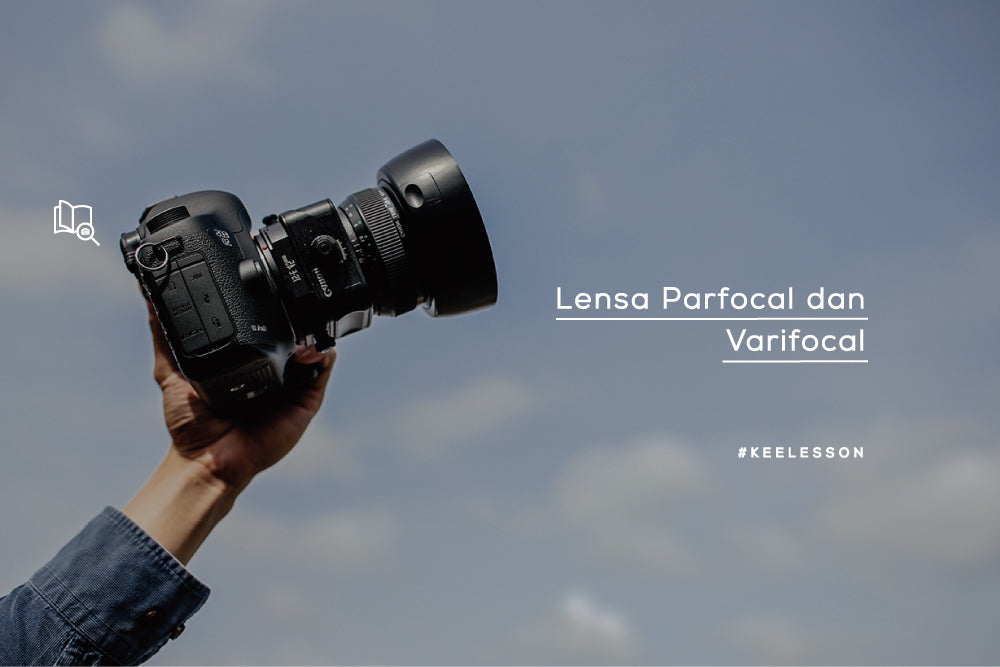The basic difference between parfocal and varifocal lenses is that in parfocal lenses the aperture is fixed, so that when zoomed or in the normal position, the lens diaphragm will remain the same. For example, the Canon 17-40 f/4 and Nikon 24-70 f/2.8 lenses. The advantage of this type is the autofocus speed. When you change the focal length on a lens, the focus remains, it doesn't change. Usually this type of lens is widely used for videos and TV broadcasts.
Meanwhile, for varifocal lenses, when there is a change in focal length, the aperture will also change. So we need to look for focus again when changing the focal length. For beginner photographers, using a varifocal lens is enough because parfocal lenses are usually used by professionals who need better focusing speed and light entering the sensor.
You can see the difference between parfocal and varifocal lenses:

A parfocal lens (left) only has one f number, for example f/4, when the focal length is 24mm and at 35mm, the lens aperture remains the same. Meanwhile, on the varifocal lens (right) it can be seen that at 55mm f becomes f/4.5 but at 300mm f becomes f/5.6.
So in a parfocal lens, the lens aperture does not change so that the incoming light will pass through the same hole, so the camera does not need to adjust the focus again as long as the distance to the object is in the same place. Meanwhile, with varifocal lenses, the aperture changes so you need to adjust the focus again.

